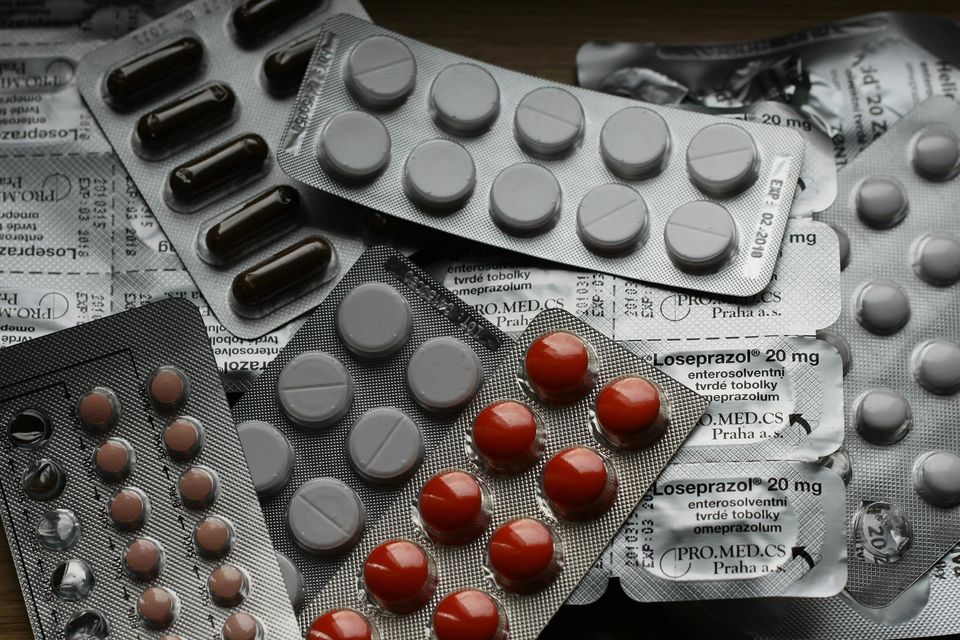Catering for a Spectrum of Modalities and Technologies
The RESILIENCE Centre of Excellence comprises a network of academic/not-for-profit delivery partners with an unrivalled track record for delivering training for the medicines manufacturing sector. We co-ordinate, co-design and scale skills development for the UK medicines manufacturing community covering a range of modalities and technologies.
Active Pharmaceutical Ingredients (APIs)
 Many new drugs under development contain high-potency active pharmaceutical ingredients and there is huge demand growth for their production. However the cytotoxicity of these materials presents handling challenges and requires heavy investment in specialized containment to ensure that employees and their environment are protected from exposure. Those working in the sector need to equip themselves with the skills needed for planning, equipment, and facility design of chemical and biologic HPAPIs as well as biologic–HPAPI conjugate manufacture.
Many new drugs under development contain high-potency active pharmaceutical ingredients and there is huge demand growth for their production. However the cytotoxicity of these materials presents handling challenges and requires heavy investment in specialized containment to ensure that employees and their environment are protected from exposure. Those working in the sector need to equip themselves with the skills needed for planning, equipment, and facility design of chemical and biologic HPAPIs as well as biologic–HPAPI conjugate manufacture.
Biologics
 According to the FDA, ”biologics” - biological products - include a wide range of products such as vaccines, blood and blood components, allergenics, somatic cells, gene therapy, tissues, and recombinant therapeutic proteins. Biologics are isolated from a variety of natural sources - human, animal, or microorganism - and may be produced by biotechnology methods and other cutting-edge technologies.
According to the FDA, ”biologics” - biological products - include a wide range of products such as vaccines, blood and blood components, allergenics, somatic cells, gene therapy, tissues, and recombinant therapeutic proteins. Biologics are isolated from a variety of natural sources - human, animal, or microorganism - and may be produced by biotechnology methods and other cutting-edge technologies.
Biological products often represent the cutting-edge of biomedical research and, in time, may offer the most effective means to treat a variety of medical illnesses and conditions that presently have no other treatments available.
In contrast to most drugs that are chemically synthesized and their structure is known, most biologics are complex mixtures that are not easily identified or characterized. Biological products, including those manufactured by biotechnology, tend to be heat sensitive and susceptible to microbial contamination. Therefore, it is necessary to use aseptic principles from initial manufacturing steps, which is also in contrast to most conventional drugs.
RNA Technology
 Messenger RNA is a type of RNA that is necessary for protein production. mRNA vaccines work by introducing a piece of mRNA that corresponds to a viral protein, usually a small piece of a protein found on the outer membrane of the virus. By using this mRNA, cells can produce the viral protein. As part of a normal immune response, the immune system recognizes that the protein is foreign and produces specialized proteins called antibodies. Antibodies help protect the body against infection by recognizing individual viruses or other pathogens, attaching to them, and marking the pathogens for destruction. Once produced, antibodies remain in the body, even after the body has rid itself of the pathogen, so that the immune system can quickly respond if exposed again. If a person is exposed to a virus after receiving mRNA vaccination for it, antibodies can quickly recognize it, attach to it, and mark it for destruction before it can cause serious illness.
Messenger RNA is a type of RNA that is necessary for protein production. mRNA vaccines work by introducing a piece of mRNA that corresponds to a viral protein, usually a small piece of a protein found on the outer membrane of the virus. By using this mRNA, cells can produce the viral protein. As part of a normal immune response, the immune system recognizes that the protein is foreign and produces specialized proteins called antibodies. Antibodies help protect the body against infection by recognizing individual viruses or other pathogens, attaching to them, and marking the pathogens for destruction. Once produced, antibodies remain in the body, even after the body has rid itself of the pathogen, so that the immune system can quickly respond if exposed again. If a person is exposed to a virus after receiving mRNA vaccination for it, antibodies can quickly recognize it, attach to it, and mark it for destruction before it can cause serious illness.
Advanced Therapy Medicinal Products (ATMPs)
 Advanced therapy medicinal products (ATMPs) are medicines for human use that are based on genes, tissues or cells. They offer groundbreaking new opportunities for the treatment of disease and injury. They come in a number of categories.
Advanced therapy medicinal products (ATMPs) are medicines for human use that are based on genes, tissues or cells. They offer groundbreaking new opportunities for the treatment of disease and injury. They come in a number of categories.
Gene therapy medicines contain genes that lead to a therapeutic, prophylactic or diagnostic effect. They work by inserting 'recombinant' genes into the body, usually to treat a variety of diseases, including genetic disorders, cancer or long-term diseases.
Somatic-cell therapy medicines contain cells or tissues that have been manipulated to change their biological characteristics or cells or tissues not intended to be used for the same essential functions in the body.
Tissue-engineered medicines contain cells or tissues that have been modified so they can be used to repair, regenerate or replace human tissue.
In addition, some ATMPs may contain one or more medical devices as an integral part of the medicine (for example cells embedded in a biodegradable matrix or scaffold). These are referred to as combined ATMPs.
